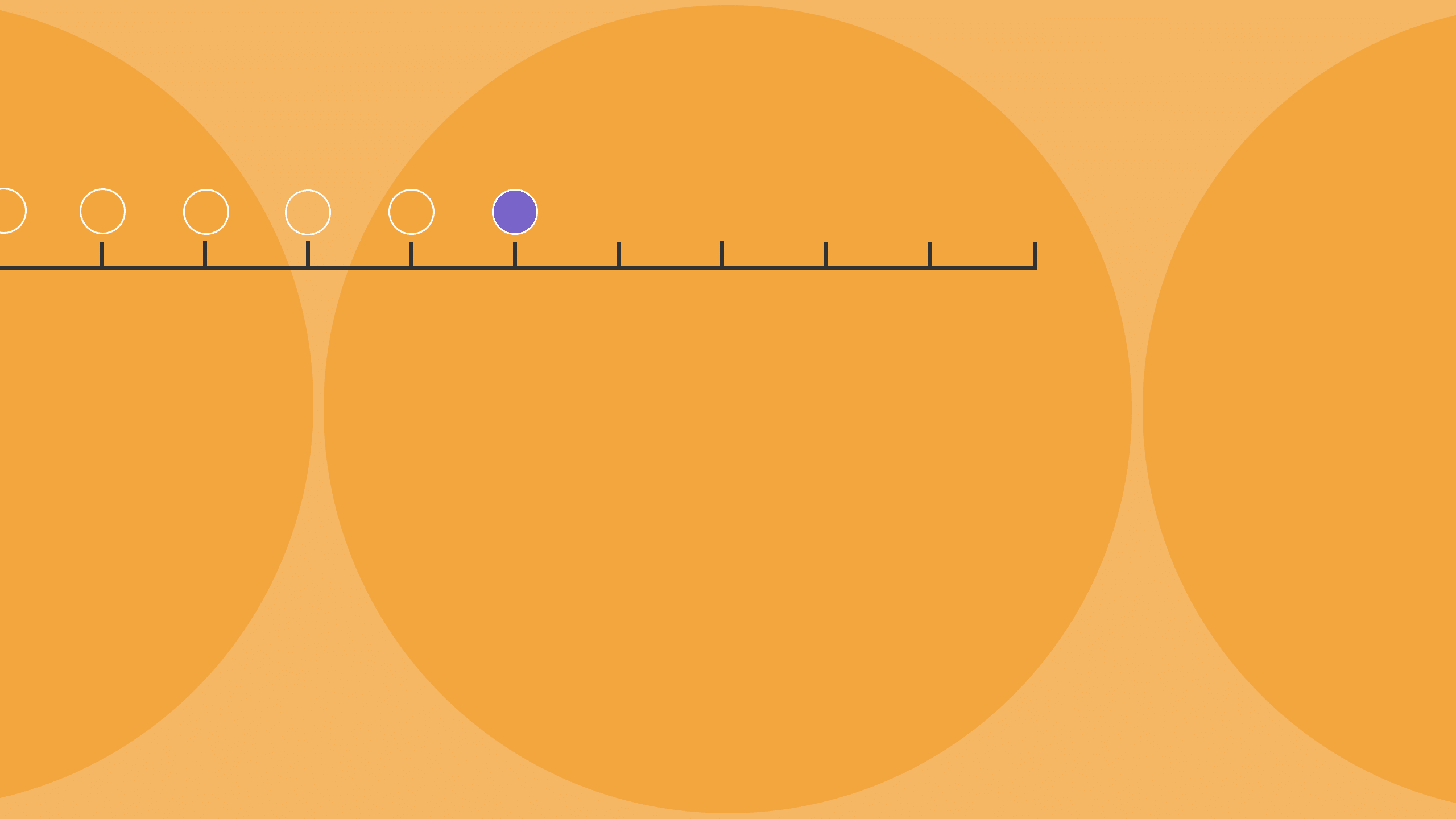Need help implementing your CX goals?
Our industry knowledge and experience are at your service. Contact CX by Design for a free 30-minute session and take the first step towards a thriving future!

edit Lis Hubert
event 11/01/2024
pace 4 mins
Learn how to use customer experience metrics to track your CX progress and identify growth areas. This is the first article in our six-part CX metrics series.
Metrics are no stranger to anyone in the business world. However, not everyone is familiar with the full range of metrics at their disposal. So, we’ve decided to create this six-article series to explain the most common metrics applied to various aspects of the customer experience:
Classifying which metrics belong to which category isn’t set in stone; some could easily fit into several categories. We’ve compiled and categorized these customer experience metrics based on our experience of what our clients have found helpful at specific points in their CX journey.
Hang on, though. Why should CXers care about metrics from other areas, like sales? Because these metrics contain valuable insight into the customer experience. This article will focus on CX metrics, so we know they have a direct impact on our understanding of our customers. But for all the upcoming articles on non-CX metrics, we’ll include an explanation of how they tie into the customer experience.
Before we dive into CX metrics, let’s quickly review the different types of metrics and why they are important.

Measuring various aspects of our customer experience (or anything else in business) gives us insight into our performance in that area. Without metrics – or with the wrong choice of metrics – it’s hard to make any kind of real progress. Everything would be based on guesswork.
However, choosing the right type of metric is essential to getting the right information. Thus, metrics are divided into two broad categories: qualitative and quantitative.
Customer experience metrics can be classed into two categories:
However, there’s something very important to remember about qualitative and quantitative data. Not all metrics or research methods fit neatly into one category or the other. For example, surveys can capture both qualitative and quantitative data. And you’ll need both kinds of metrics throughout your CX journey. The key to choosing the right type of metric is to clearly understand why, what, and how you’re measuring this experience.
Here’s a quick preview of the types of metrics we’ll cover in this series:

Now that we have reviewed metrics in general, let’s zero in on the ones that directly measure the customer experience. Here are the ones we use most frequently at CX by Design:
There’s one more customer experience barometer that you won’t often find on lists of CX metrics: expectation vs. reality. Asking the customer “How closely did this experience match your expectations?” and listening to their answers can provide valuable feedback. You can use this insight to craft an even better experience, and, ultimately, a better brand.
CSAT scores are often collected during a specific touchpoint. Likert scales like the one below are a very common tool, but others are available.

To calculate your average (or composite) CSAT score, simply add up all the numbers and divide them by the number of participants.
To find the percentage of satisfied customers, total the number of satisfied or very satisfied respondents (on a five-point Likert scale, these would be the people who replied with a 4 or 5). Divide this by the total number of respondents and times that by 100 to get your percentage.
You can also use an online CSAT calculator like this one by SmartSurvey to do the math for you.

And there you have it – 9 foundational metrics that will give you an inside look at your customer experience. Once you understand the purpose of each of these customer experience metrics, it’s much easier to choose the most effective benchmarks for growth and success.
But other metrics tie into the customer experience, although a bit more indirectly. In the next article, we’ll discuss how sales stats can also contribute to your understanding of customer experience metrics. Join us then, and in the meantime don’t forget to subscribe to our newsletter to get the latest in CX ideas!
Our industry knowledge and experience are at your service. Contact CX by Design for a free 30-minute session and take the first step towards a thriving future!

Want to help your company thrive using the principles of human-centered design? Our FREE 30-minute introductory session will get you on the right path!
Schedule your free consultation